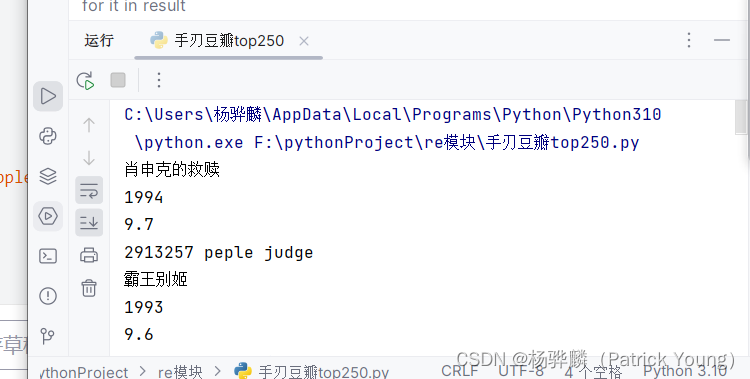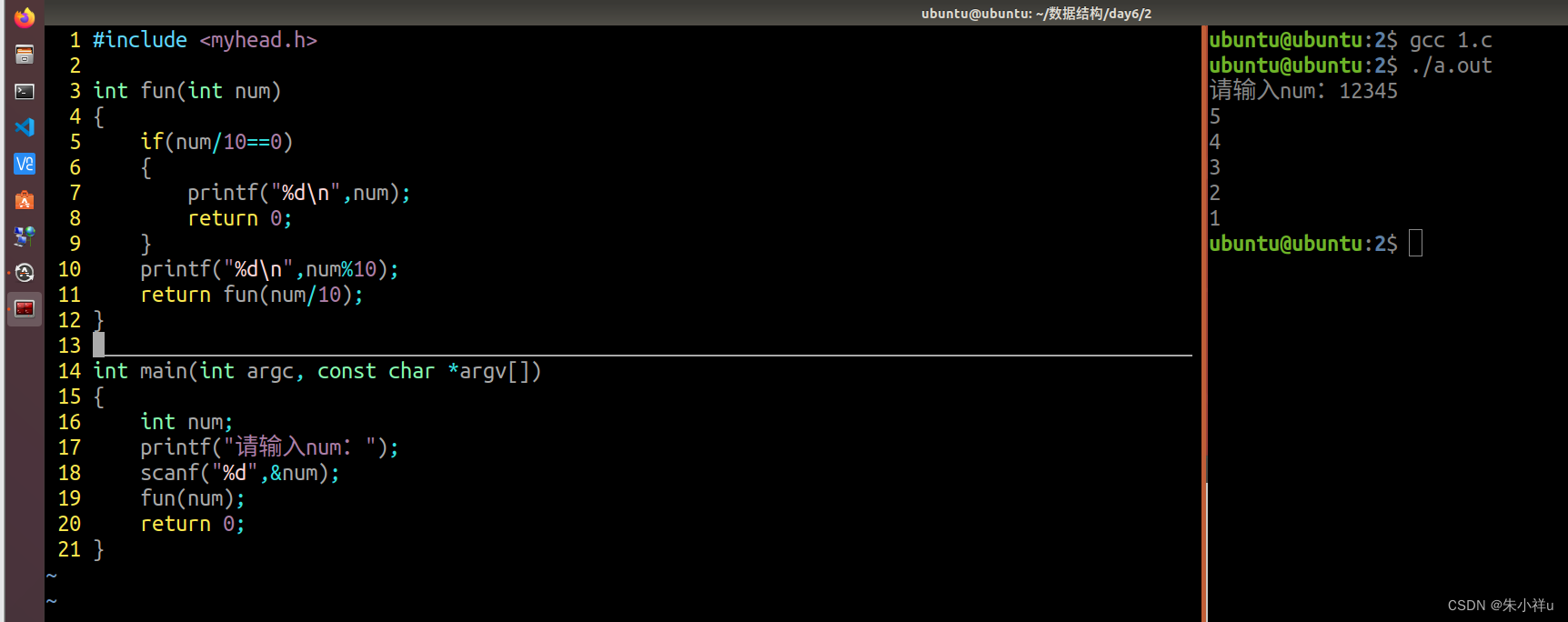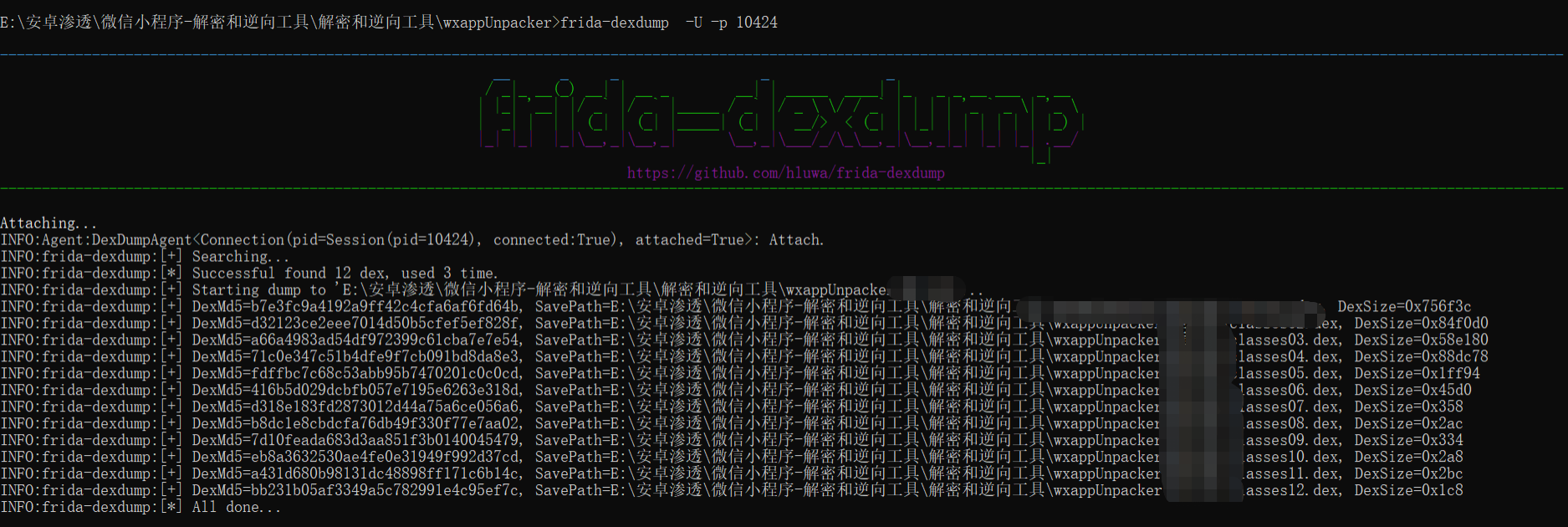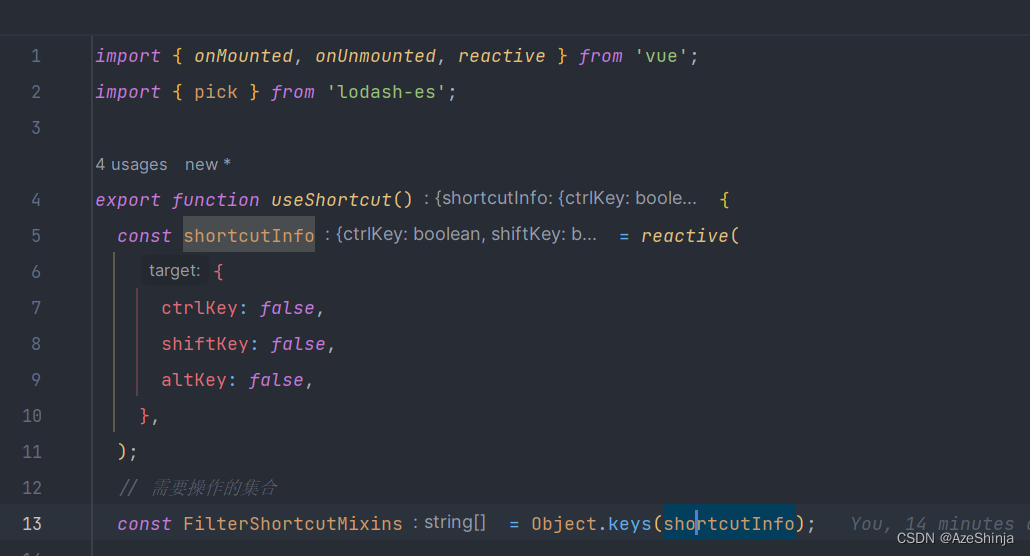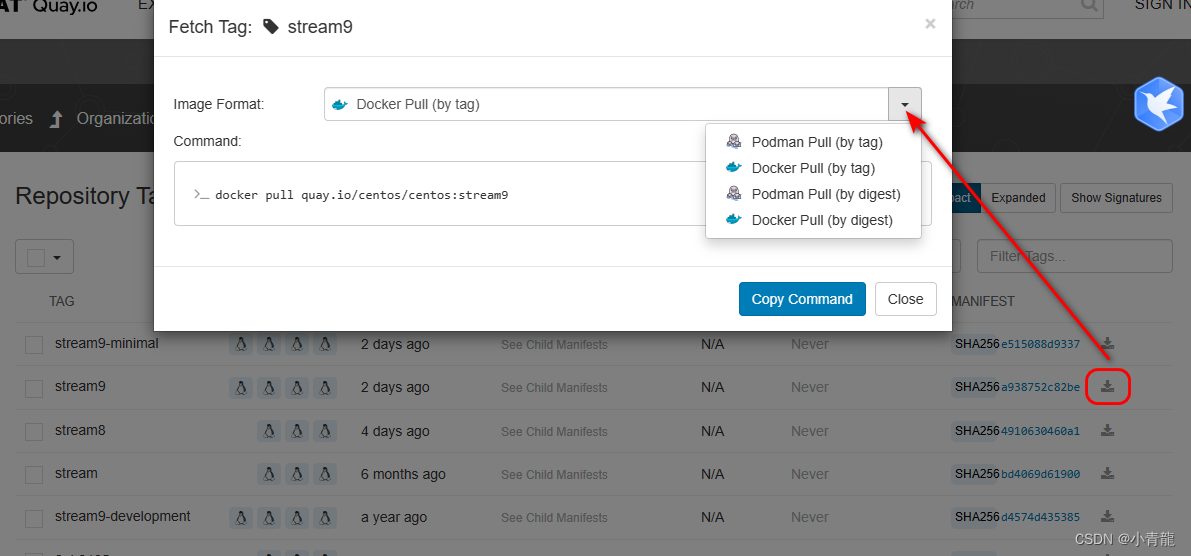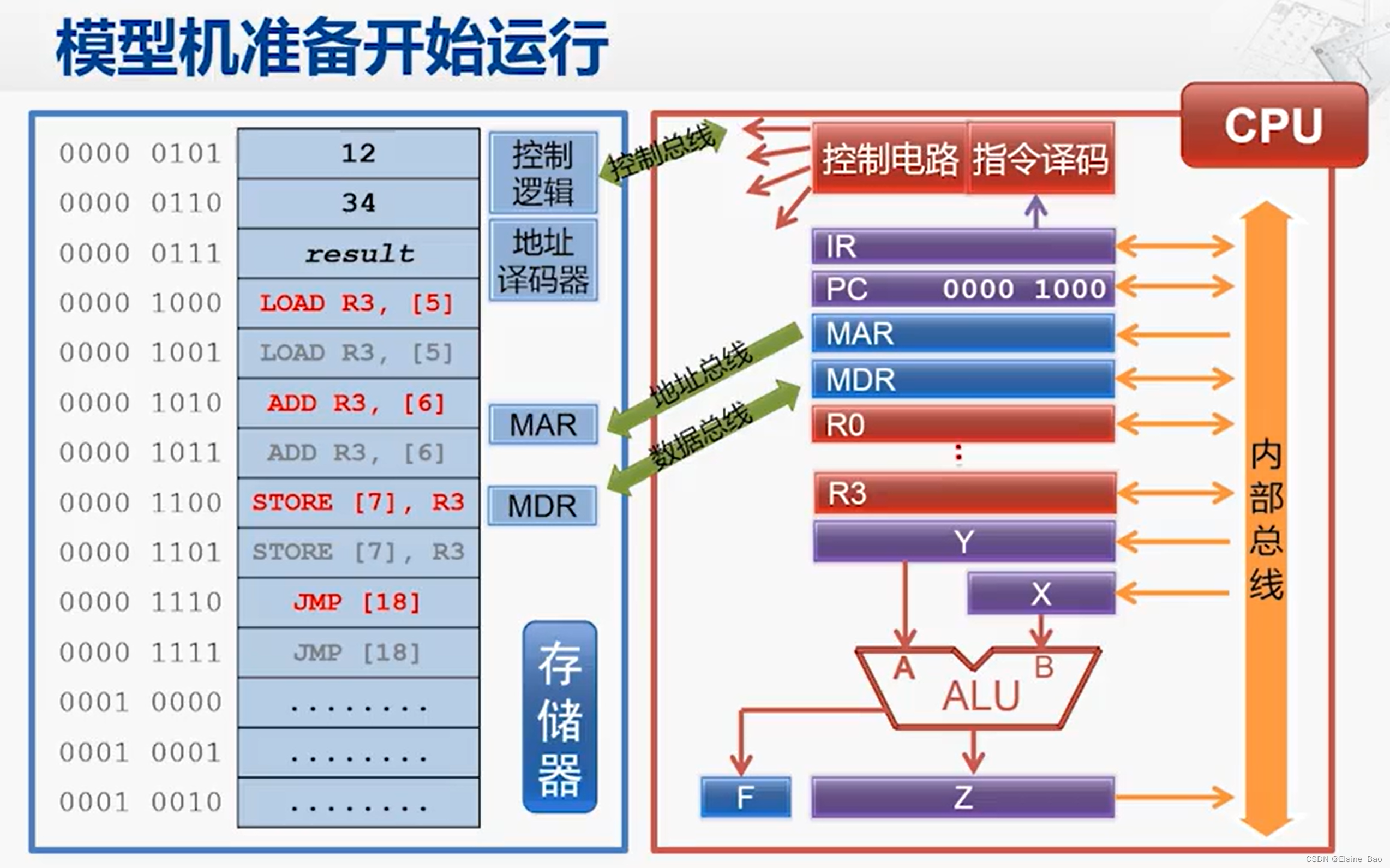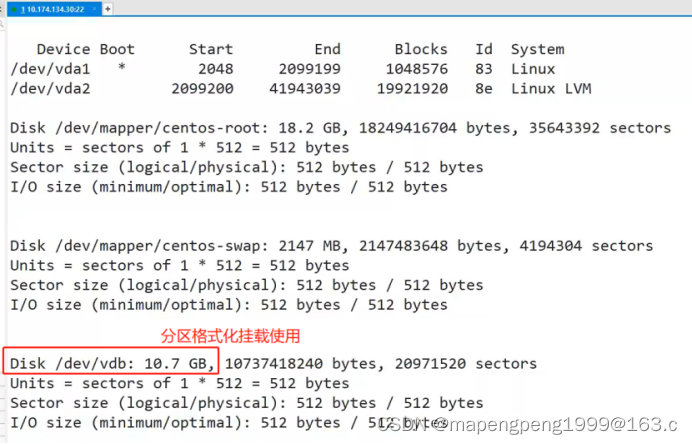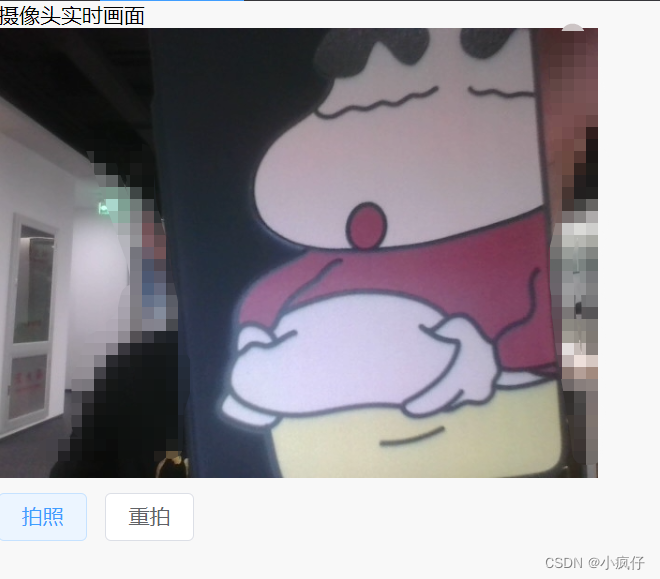本文将会介绍gradio的入门使用,并结合大模型(LLM),给出三个使用例子。
Gradio 是通过友好的 Web 界面演示机器学习模型的最快方式,以便任何人都可以在任何地方使用它。其官网网址为:https://www.gradio.app/ ,Github网址为:https://github.com/gradio-app/gradio 。
输入与输出
一个简单的Web页面的输入、输出代码如下:
# -*- coding: utf-8 -*-
import gradio as gr
def greet(name):
return "Hello " + name + "!"
demo = gr.Interface(
fn=greet,
# 自定义输入框
inputs=gr.Textbox(lines=3, placeholder="Name Here...", label="my input"),
outputs="text",
)
demo.launch()
页面如下:

我们使用openai的gpt-3.5-turbo模型进行问答,结合Gradio,代码如下:
# -*- coding: utf-8 -*-
import gradio as gr
import openai
def model_completion(prompt):
openai.api_type = "open_ai"
openai.api_base = "https://api.openai.com/v1"
openai.api_version = None
openai.api_key = "sk-xxx"
response = openai.ChatCompletion.create(
model="gpt-3.5-turbo",
messages=[
{"role": "system", "content": "You are a helpful assistant."},
{"role": "user", "content": prompt}
],
max_tokens=100
)
return response['choices'][0]['message']['content']
demo = gr.Interface(
fn=model_completion,
inputs=gr.Textbox(lines=3, placeholder="your question here...", label="Question"),
outputs="text",
)
demo.launch()
页面如下:

表格展示
一个简单的表格展示的示例代码如下:
# -*- coding: utf-8 -*-
import gradio as gr
def make_list(input_str):
return [_.split(',') for _ in input_str.split('\n')]
demo = gr.Interface(
fn=make_list,
# 自定义输入框
inputs=gr.Textbox(lines=3, placeholder="String Here...", label="input"),
# 设置输出组件
outputs=gr.DataFrame(label='Table',
interactive=True,
wrap=True)
)
demo.launch()
页面如下:

我们使用openai中的gpt-3.5-turbo模型进行文本分类,代码如下:
# -*- coding: utf-8 -*-
import gradio as gr
import openai
def predict(input_str):
openai.api_type = "open_ai"
openai.api_base = "https://api.openai.com/v1"
openai.api_version = None
openai.api_key = "sk-xxx"
output_list = []
for prompt in input_str.split('\n'):
response = openai.ChatCompletion.create(
model="gpt-3.5-turbo",
messages=[
{"role": "system", "content": "Classify the text into Positive, Negative, Neural."},
{"role": "user", "content": prompt}
],
max_tokens=5
)
output = response['choices'][0]['message']['content']
output_list.append([prompt, output])
return output_list
demo = gr.Interface(
fn=predict,
# 自定义输入框
inputs=gr.Textbox(lines=3, placeholder="Documents...", label="Documents"),
# 设置输出组件
outputs=gr.DataFrame(label='Predict Result',
headers=["document", "class"],
datatype=["str", "str"],
interactive=True,
wrap=True)
)
demo.launch()
页面如下:

文本高亮
Gradio给出了基于文本比对的文本高亮的例子,文本比对使用difflib模块,示例代码如下:
import gradio as gr
from difflib import Differ
def diff_texts(text1, text2):
d = Differ()
output = [(token[2:], token[0] if token[0] != " " else None) for token in d.compare(text1, text2)]
return output
demo = gr.Interface(
fn=diff_texts,
inputs=[
gr.Textbox(
label="Text 1",
info="Initial text",
lines=3,
value="The quick brown fox jumped over the lazy dogs.",
),
gr.Textbox(
label="Text 2",
info="Text to compare",
lines=3,
value="The fast brown fox jumps over lazy dogs.",
),
],
outputs=gr.HighlightedText(label="Diff",
combine_adjacent=True,
show_legend=True
).style(color_map={"+": "red", "-": "green"}),
theme=gr.themes.Base()
)
demo.launch()
页面如下:

我们使用文本高亮来显示文本纠错结果,文本纠错工具我们使用pycorrector模块,其Github网址为:https://github.com/shibing624/pycorrector 。代码如下:
# -*- coding: utf-8 -*-
import gradio as gr
import pycorrector
def corrector(text):
corrected_text, detail = pycorrector.correct(text)
index_list = []
for _ in detail:
index_list.extend(range(_[2], _[3]))
output = [(char, '+' if i in index_list else None)for i, char in enumerate(corrected_text)]
return output
demo = gr.Interface(
fn=corrector,
inputs=gr.Textbox(lines=3, placeholder="Text...", label="Text"),
outputs=gr.HighlightedText(label="Diff",
combine_adjacent=True,
show_legend=True
).style(color_map={"+": "yellow"}),
theme=gr.themes.Base()
)
demo.launch()
页面如下:

总结
本文介绍了机器学习领域中一个很好用的前端展示工具Gradio,分别就输入和输出、表格、文本高亮三个功能上给出了简单示例和大模型方面的应用。
本人个人博客网站为 https://percent4.github.io/ ,欢迎大家访问~
